My flowers were once yellow and sticky,
without them, IDing might be a bit tricky.
But with some attention, it’s not a hard deed,
just look out for my 3-capsuled seeds.
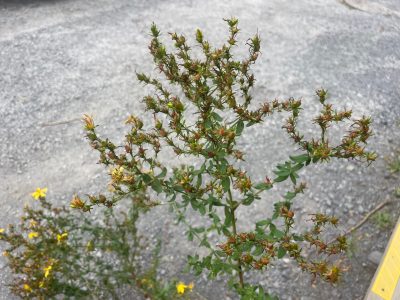
I Spy in the Sea to Sky…
This plant is native to Europe, western Asia, and northern Africa. It was likely introduced to North America as an ornamental and medicinal herb. Can you guess what it is?
It’s Common St. John’s Wort (Hypericum perforatum)! It flowers from June to August and produces seeds from September to October. It prefers dry, sandy soil in full sun, and is often seen in grasslands, forest edges, roadsides, grazing areas, and disturbed sites. Common St. John’s Wort is found in the Sea to Sky region and its current distribution is beyond landscape-level control. We aim to strategically control Common St. John’s Wort when it’s present at high-priority locations, to minimize its impact.
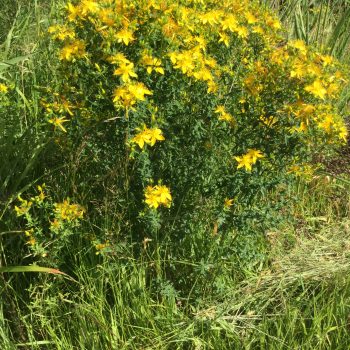
Common St. John’s Wort can be easily identified by several distinctive features:
- Bright yellow five-petaled flowers are 8-10 mm long.
- Erect, smooth stems can grow up to 1 m tall.
- Thin and elliptical leaves with transparent dots that are visible when held up to the light.
- A rhizome root system under the soil that extends over 45 cm.
- Very small, dark brown seeds.
Does St. Johns Wort have any lookalikes?
Before flowering, St. John’s Wort can be confused with Bird’s-Foot Trefoil, as both species have elliptical leaves and erect, smooth stems.
St. John’s Wort may also be confused with Common Tansy and Tansy Ragwort, as all three species have bright yellow flowers. The way to differentiate them is that Common Tansy has button-like flowers that lack petals, while Tansy Ragwort has daisy-like flowers with 10-15 petals.

Bird’s-foot Trefoil, photo credit: Bob Thacker
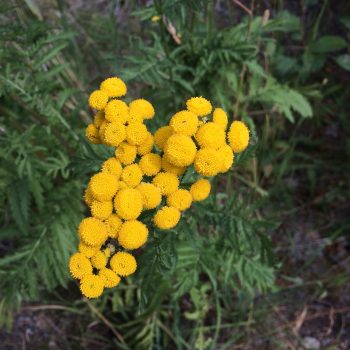
Common Tansy (SSISC)
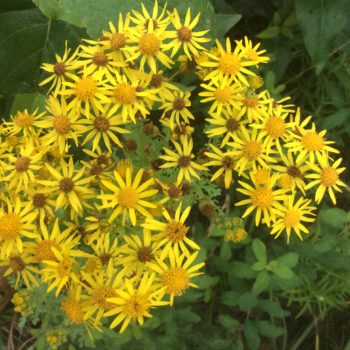
Tansy Ragwort
Why is St. John’s Wort such a concern in the Sea to Sky?
St. John’s Wort poses a concern due to its aggressive spread. It reproduces both by seed and vegetatively, and lacks natural predators, allowing it to proliferate rapidly. Each plant can produce between 15,000 and 34,000 seeds annually, leading to a quickly expanding seed bank.
The dense stands formed by St. John’s Wort diminish food sources for wildlife and reduce biodiversity by outcompeting native species. Additionally, its sap can make skin more sensitive to sunlight, causing potential irritation.


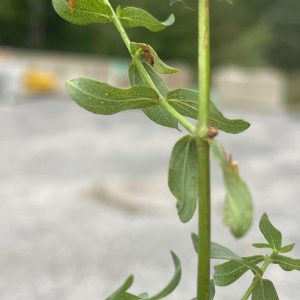
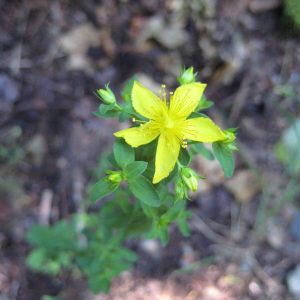
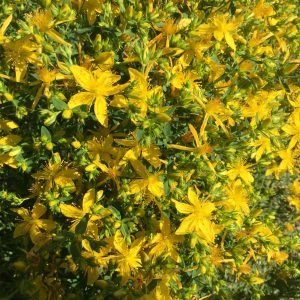
Add Comment